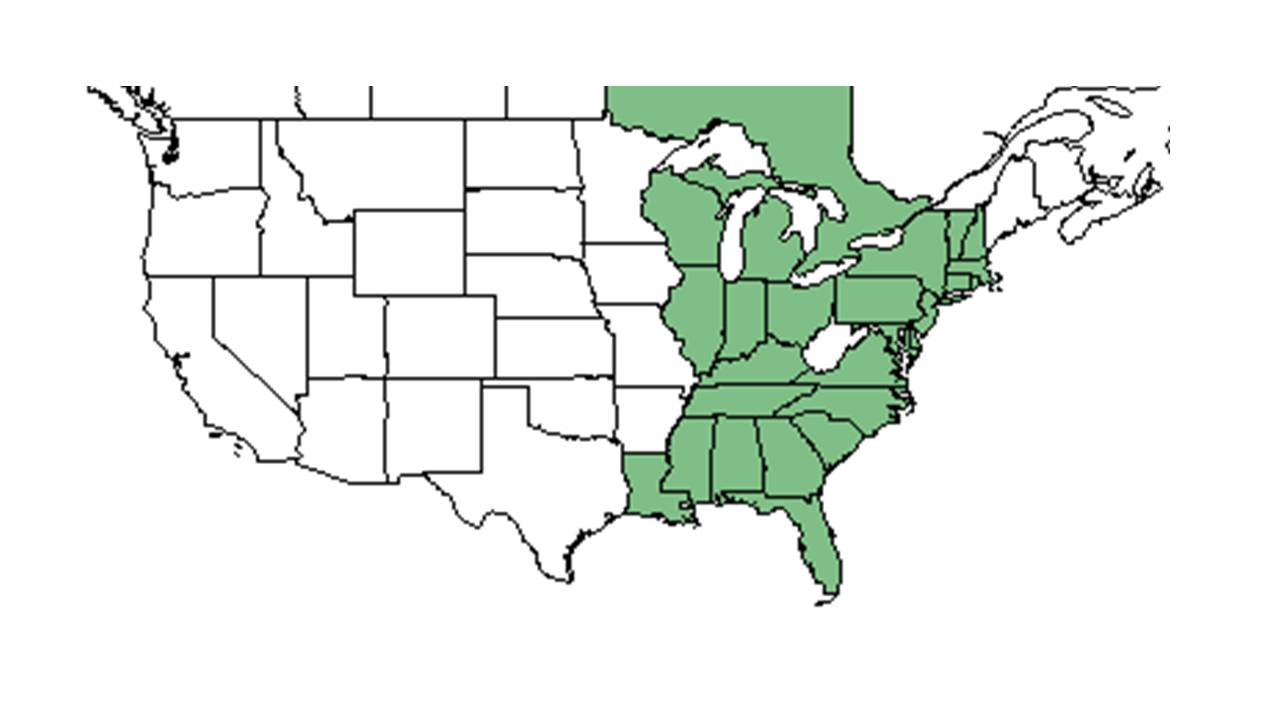Difference between revisions of "Lechea minor"
(→Description) |
|||
| Line 20: | Line 20: | ||
<!-- Basic life history facts such as annual/perrenial, monoecious/dioecious, root morphology, seed type, etc. --> | <!-- Basic life history facts such as annual/perrenial, monoecious/dioecious, root morphology, seed type, etc. --> | ||
Common Name: thymeleaf pinweed | Common Name: thymeleaf pinweed | ||
| + | |||
| + | This species can be frequent where it occurs (FSU Herbarium). | ||
==Distribution== | ==Distribution== | ||
Revision as of 15:24, 14 July 2015
| Lechea minor | |
|---|---|

| |
| Scientific classification | |
| Kingdom: | Plantae |
| Division: | Magnoliophyta - Flowering plants |
| Class: | Magnoliopsida – Dicotyledons |
| Order: | Violales |
| Family: | Cistaceae |
| Genus: | Lechea |
| Species: | L. minor |
| Binomial name | |
| Lechea minor L. | |

| |
| Natural range of Lechea minor from USDA NRCS Plants Database. | |
Contents
Description
Common Name: thymeleaf pinweed
This species can be frequent where it occurs (FSU Herbarium).
Distribution
Ecology
Habitat
This species can be found in sandy soils in open fields, open bogs, and longleaf pine forests (FSU Herbarium). It also occurs in human disturbed areas such as powerline corridors and in old roadbeds (FSU Herbarium).
Phenology
Seed dispersal
Seed bank and germination
Several short-lived perennial forbs also have a seed bank persistent for at least several years.[1]
Fire ecology
Pollination
Use by animals
Diseases and parasites
Conservation and Management
Cultivation and restoration
Photo Gallery
References and notes
- ↑ Platt, W. J., S. M. Carr, et al. (2006). "Pine savanna overstorey influences on ground-cover biodiversity." Applied Vegetation Science 9: 37-50.